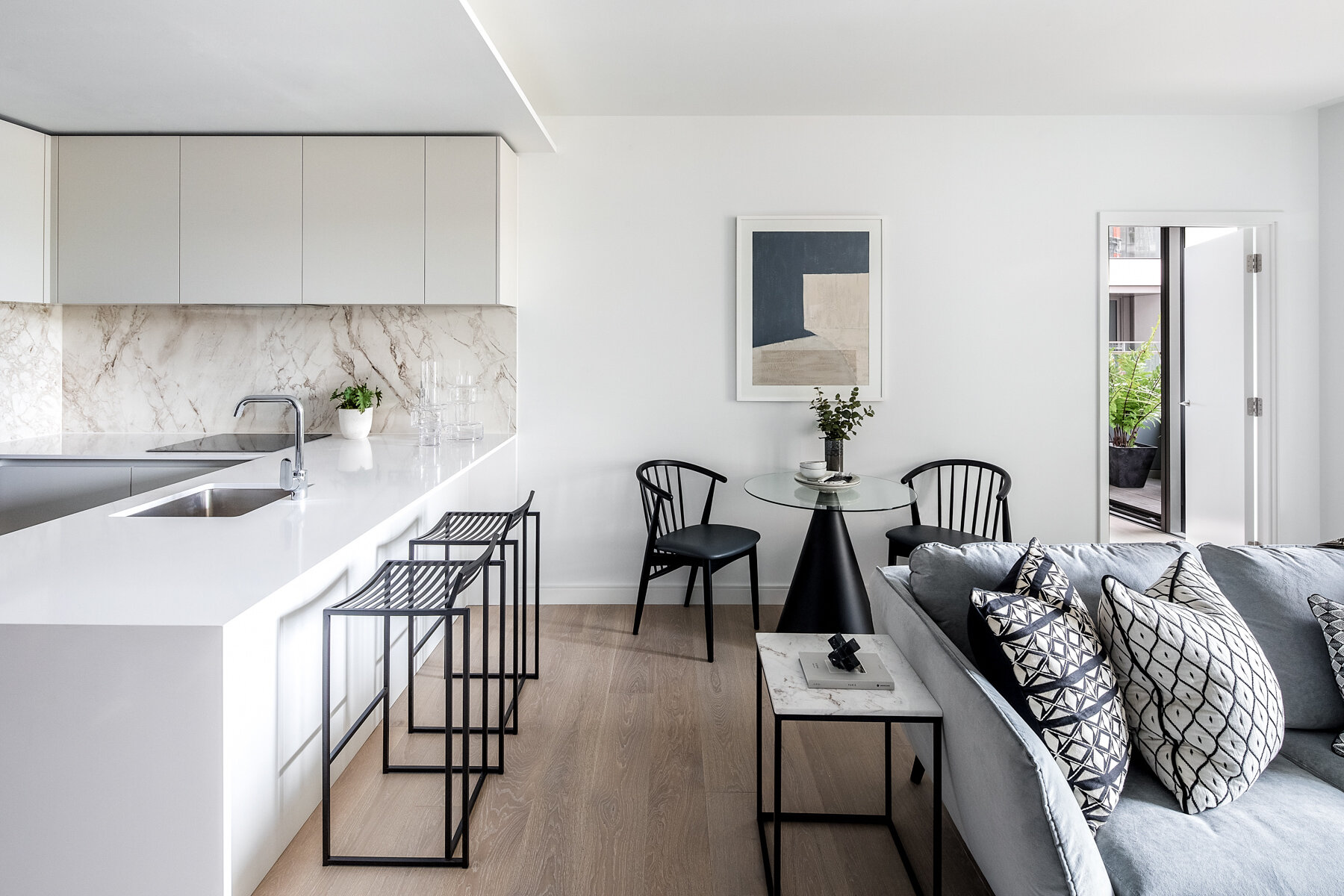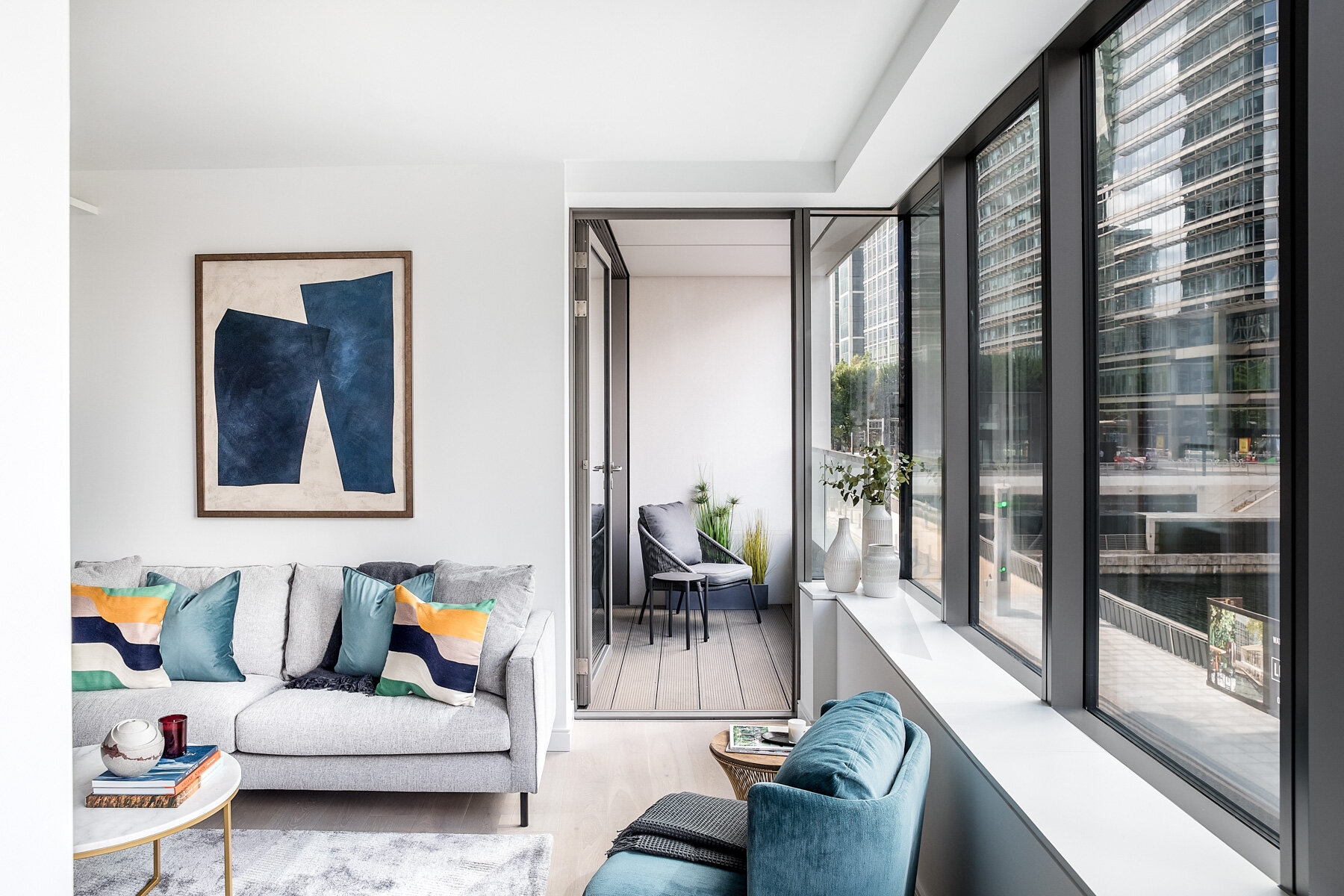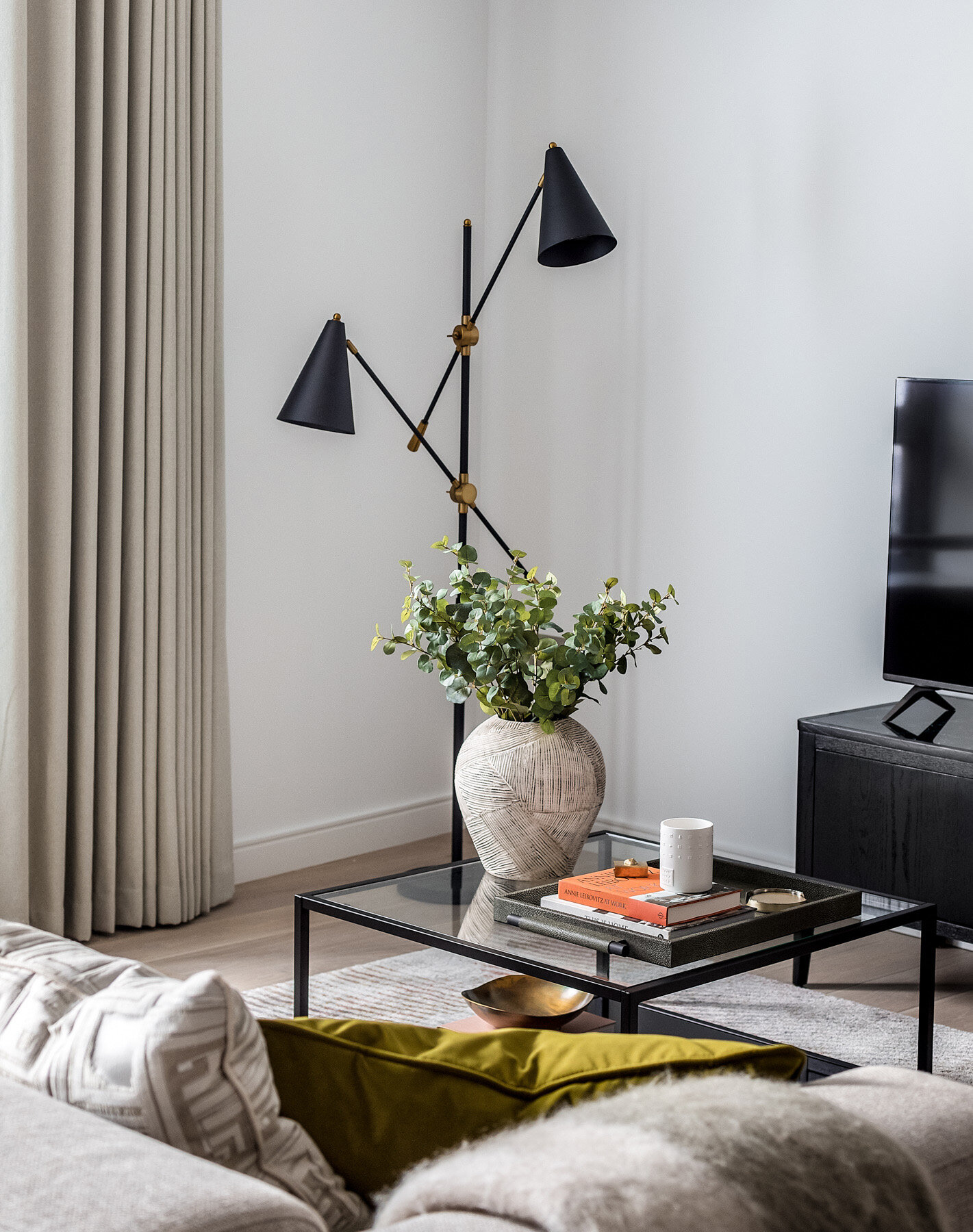AN INVESTOR’S POINT OF VIEW ON DEMOGRAPHICS
The dual factors of diversification beyond traditional assets and the increasing demand for housing across demographics have triggered a growing rise in investment in the residential asset class, specifically Build to Rent.
Investment volumes in the sector increased by 58% between 2014-2019, compared to just 21% for all real estate investment, according to Savills’ Global Living 2020 report. What’s more, investment in Build to Rent schemes looks set for a period of intensification, supported by economic trends emerging in the wake of the pandemic. Periods of recession are historically accompanied by increased demand for rental homes.
Having grown six-fold in five years, the number of complete Build to Rent homes surpassed 50,000 in late 2020, with a total pipeline of just over 170,000 homes according to British Property Foundation research. But it doesn’t stop there. Build to Rent is still evolving and offers enormous growth potential: at just under £100bn today, at full maturity it is predicted to reach £500bn.
As the burgeoning UK population becomes increasingly urban, solitary and divergent in its demographics, the existing imbalance between demand and supply will continue to support growth in the sector. Build to Rent is proving its resilience and looks set to continue its upward popularity trajectory.
Richard Cooper, Partner, Venture Project Management.
MOVING INTO MEGACITIES
London’s population now stands at a little over 9m – almost tipping the UN’s ‘megacity’ threshold. In parallel with this, recent years have seen a move towards clusters of residential developments around retail destinations; thereby capturing the spend of the local community. At Westfield Stratford City, for example, work has begun on one of London’s largest Build to Rent schemes. Cherry Park is a £670m project to create 1,200 new homes featuring a gym, swimming pool and workspace, along with public realm and open spaces, including play areas.
And Hammerson has developed a smart long-term strategy around the massing of residential around retail: its City Quarters concept is focused on delivering vibrant mixed-use neighbourhoods surrounding its existing flagship destinations. Its Martineau Galleries development in Birmingham is set to deliver 1,300 new homes for approximately 2,400 people, who are predicted to spend in the region of £23m per year on local goods and activities.
GOING SOLO
With towns and cities usually offering greater social and economic opportunities than rural areas, the attraction – particularly for younger people – to relocate away from friends and family has led to an increase in solo-living.
By 2032, 11.3m people are expected to live on their own – more than 40% of all households. These are most likely to be young professionals who need relatively affordable accommodation and fall neatly into the target market for Build to Rent units. Homes here are likely to be smaller, with more expansive community spaces in the form of cafés and communal working areas.
A DIVERGENT POPULATION
While London and major UK cities draw in younger people, with an average age around 35; more rural and coastal areas tend to attract older populations.
And it’s in these locations that Build to Rent schemes designed to support ageing communities with tailored senior living facilities are expected to thrive and prosper. Indeed, the number of people over 85 living on their own is expected to grow from 573,000 in 2012 to 1.4m by 2032 – according to The King’s Fund.
As such, the senior living sector offers exponential capacity as an emerging market for investment and is predicted to grow from today’s £120bn to over £260bn in value at full maturity. Accommodation designed for this market often allows for bigger private living spaces, with less emphasis on social areas.
View our Canary Wharf portfolio here.
THE COVID EFFECT
Although the continuing COVID-19 pandemic is forcing reassessment within much of the real estate sector, Build to Rent has proven more resilient than other sectors. Occupancy, rent collection, and demand have remained solid during the crisis, with rent collection rates of 90% or above reported in many cases. Indeed, Grainger collected 95% of its rents in September 2020 and reported an annual growth rate of 2.5%.
This stacks up favourably against other real estate sectors, some of which are facing far lower rent collection rates. Hardly surprising then, that the third quarter of 2020 saw the strongest single quarter of UK Build to Rent activity on record, with £1.84 billion invested, according to investment data specialist Prequin.
This industry-wide trend is something we’ve seen replicated at Venture since launch, with schemes totalling over 3,000 beds currently being overseen, and based on a pipeline of residential projects until at least 2023, isn’t likely to slow any time soon.










